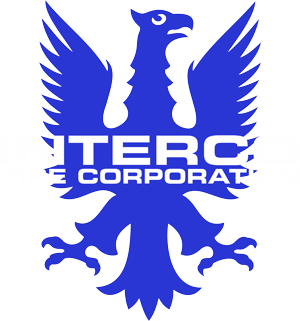Maximize Your Light Truck Tire Mileage
Maximize Your Light Truck Tire Mileage
Light trucks, whether used for hauling, towing, or daily driving, rely on their tires for performance and safety. Getting the most mileage out of these tires not only saves money but also contributes to a smoother, safer ride. Here's a breakdown of key factors to consider:
1. Proper Inflation is Paramount:
- Check Regularly: Underinflation is a major mileage killer. It increases rolling resistance, causing tires to work harder and wear faster. Use a reliable tire pressure gauge and check your tires at least monthly, or before long trips.
- Follow Manufacturer's Recommendations: Find the correct PSI (pounds per square inch) in your vehicle's owner's manual or on a sticker inside the driver's side doorjamb.
- Cold Inflation: Check tire pressure when tires are cold, as driving warms them and increases pressure.
2. Regular Tire Rotation:
- Even Wear: Rotating tires ensures they wear evenly, extending their lifespan. Follow the rotation schedule recommended in your vehicle's owner's manual.
- Rotation Patterns: Different tire types and vehicle drive systems require specific rotation patterns. Consult a professional if unsure.
3. Wheel Alignment and Balancing:
- Alignment: Misalignment causes uneven tire wear and can significantly reduce mileage. If your truck pulls to one side or your tires show unusual wear patterns, get an alignment check.
- Balancing: Unbalanced tires cause vibrations and premature wear. Have your tires balanced during rotations or if you feel any vibrations.
4. Driving Habits:
- Smooth Acceleration and Braking: Aggressive driving, including rapid acceleration and hard braking, puts extra stress on tires and reduces their lifespan.
- Avoid Overloading: Exceeding your truck's weight capacity increases tire wear and fuel consumption.
- Minimize Off-Roading (if applicable): While light truck tires are often designed for some off-road use, excessive off-roading will accelerate wear.
5. Tire Maintenance:
- Inspect Regularly: Look for cuts, punctures, or uneven wear. Address any issues promptly.
- Choose the Right Tires: Select tires appropriate for your truck's intended use and driving conditions. All terrain tires, for example, might not get the best highway mileage.
- Quality Matters: Purchasing higher quality tires with good wear ratings can provide better longevity.
By adhering to these tips, light truck owners can significantly extend the life of their tires, improve fuel efficiency, and ensure a safer, more comfortable driving experience.
The Roads You Travel & Tire Wear
The type of road a light truck tire encounters significantly impacts its mileage and wear. Here's a breakdown of how different road types affect tires:
1. Highway/Paved Roads:
- Pros:
- Smooth surfaces lead to even wear.
- Lower rolling resistance, resulting in better fuel efficiency.
- Generally, longer tire lifespan.
- Cons:
- High speeds can generate heat, which can accelerate wear over time.
2. City Streets:
- Pros:
- Generally paved, though conditions vary.
- Cons:
- Frequent stops and starts increase tire wear.
- Potholes, curbs, and debris can cause damage.
- Tight turns increase wear on tire sidewalls.
3. Off-Road/Rough Terrain:
- Pros:
- Light truck tires designed for this provides necessary traction.
- Cons:
- Sharp rocks, uneven surfaces, and obstacles cause cuts, punctures, and accelerated wear.
- Higher rolling resistance reduces fuel efficiency.
- Tires can overheat in demanding conditions.
4. Gravel/Dirt Roads:
- Pros:
- Some light truck tires are designed to handle these conditions.
- Cons:
- Abrasive surfaces increase tread wear.
- Sharp rocks and debris can cause damage.
- Traction can be inconsistent.
Key Considerations:
- Tire Type:
- Highway tires are optimized for paved roads.
- All-terrain tires offer a balance for on- and off-road use.
- Mud-terrain tires are designed for extreme off-road conditions but wear quickly on pavement.
- Road Maintenance:
- Poorly maintained roads with potholes and debris significantly increase tire wear.
- Driving Style:
- Aggressive driving on any surface accelerates wear.
In essence, smoother, well-maintained roads contribute to longer tire life and better fuel efficiency, while rougher, more demanding terrains accelerate wear and reduce mileage.







